Frequently Asked Questions
1. Why is knife sharpening important?
2. What are the different tools for sharpening knives?
3. What steps should I follow to sharpen my knives?
4. How can I maintain my knives after sharpening?
5. What are some ideas for personalized gifts for cooking enthusiasts?
Knowing how to properly sharpen your knives at home is an essential skill for any cooking enthusiast. A sharp knife not only enhances your cooking experience but also ensures safety in the kitchen. Dull knives can lead to accidents and can ruin the presentation of your carefully prepared dishes. In this article, we will explore various techniques and tools for knife sharpening that can elevate your culinary game. Plus, we’ll share a few personalized gifts ideas that can further enhance your cooking journey!
Why Knife Sharpening is Crucial
Knife sharpening is more than just a routine task; it’s a vital part of maintaining your kitchen tools. Over time, even the best knives can lose their edge. A few important reasons why you should sharpen your knives regularly include:
- Improved Efficiency: Sharp knives cut through food more easily, saving you time and energy in meal prep.
- Safety: Dull knives require more force to cut, increasing the likelihood of slips and accidents. A sharp knife does the job with much less effort.
- Preservation of Food: A sharp edge creates clean cuts, which helps maintain the integrity and appearance of your ingredients.
- Longevity: Regular sharpening can extend the life of your knives, making them a worthy investment in your kitchen arsenal.
Types of Knife Sharpening Tools
Before diving into the techniques, it’s essential to understand the different tools available for sharpening knives. Each has its own advantages and suitable applications. Here are some common knife sharpening tools you might consider:
Whetstone
A whetstone is a traditional tool preferred by many professional chefs. It consists of two surfaces with varying grits; the coarse side is used for repairing and shaping the edge, while the finer side polishes it. When using a whetstone, ensure you:
- Soak the stone in water for about 10-15 minutes before use.
- Hold your knife at an angle of about 20 degrees against the stone.
- Utilize a consistent, smooth motion, alternating sides to create a sharp edge.
Sharpening Steel
A sharpening steel is more of a tool for maintenance than for major sharpening. While it doesn’t remove significant metal, it helps realign the blade’s edge. To use sharpening steel:
- Hold the steel vertically, with the tip resting on a stable surface.
- Position your knife at a 15 to 20-degree angle.
- Swipe the knife down in a sweeping motion from heel to tip, alternating sides after several strokes.
Electric Knife Sharpeners
For those who prefer convenience, electric knife sharpeners offer an easy solution. They come with built-in guides and can sharpen both straight and serrated blades quickly. Be cautious, though, as they can sometimes remove more material than necessary.
Manual Knife Sharpeners
Manual sharpeners often resemble electric models but require that you pull the knife through a slot. These are user-friendly and handy for quick touch-ups. Just follow the instructions provided with your specific tool for the best results.
Step-by-Step Guide to Sharpening Your Knives
Now that you understand the types of tools, it’s time to dive into a step-by-step guide on sharpening your knives effectively:
Preparing Your Workspace
Before you begin, ensure you have a clean, flat, and well-lit workspace. Gather your sharpening tool, a damp cloth, and your knife. A non-slip surface will help you maintain control.
Determine the Knife Angle
Understanding the optimal angle for your knife can be challenging; most kitchen knives should be sharpened at a 20-degree angle. Utilize a knife angle guide if you're unsure, or practice on a less valuable blade first.
Sharpening the Knife
Using either a whetstone or a sharpening tool, follow these steps:
- Start with the heel of the blade and press it down against the sharpening surface.
- Move the knife forward in one smooth motion, keeping the angle consistent.
- Repeat for about 5-10 strokes on one side, then switch to the other side.
- For a polished edge, finish with light strokes using the fine side of the whetstone or the finishing slot of the sharpener.
Cleaning and Testing the Edge
Once sharpened, wipe the blade with a damp cloth to remove any debris. To test the edge, try slicing through a piece of paper—if it glides effortlessly, you're ready to start cooking!
Maintaining Your Knives After Sharpening
The work doesn’t end once your knives are sharp. Proper maintenance will keep your knives in top condition for longer. Here are a few tips:
- Hand Wash Only: Always wash your knives by hand to prevent wear and tear in dishwashers.
- Dry Immediately: Moisture can lead to rust, so dry your knives immediately after washing.
- Store Properly: Use a knife block, magnetic strip, or sheaths to protect the blades and maintain sharpness.
- Sharpen Regularly: Make knife sharpening a part of your kitchen routine for optimal performance.
Creative Personalized Gifts for the Cooking Enthusiast
As you nurture your knife sharpening skills, consider how you can share your love of cooking with others. Personalized gifts can inspire and engage your friends and family in their culinary adventures. Here are some gift ideas that would delight any cooking enthusiast:
Engraved Chef Knives
Gift a beautifully engraved chef knife featuring the recipient's name or a meaningful quote. Personalization adds a touch of sentimentality, making it a cherished kitchen essential.
Custom Cutting Boards
A custom cutting board can elevate any kitchen. Opt for one made from high-quality materials with the recipient's family name or a fun cooking-related quote engraved on it!
Recipe Journals
Encourage culinary creativity with a personalized recipe journal. It’s perfect for jotting down favorite dishes, family recipes, or even culinary experiments.
Personalized Aprons
An apron with a personal touch—be it a name, an inside joke, or a fun saying—will make cooking even more enjoyable while keeping clothes protected.
Transforming Your Culinary Skills
Sharpening your knives is not just about keeping them functional; it’s about enhancing your overall cooking experience. The better your tools, the more confident you’ll be in your culinary admissions. Plus, sharing personalized gifts will help foster a community of cooks who can appreciate the art of knife work.
So, gather your sharpening tools, pick a knife, and start sharpening. You'll be amazed at the difference a fresh edge can make in your kitchen. With a sharp knife in hand, your cooking will reach new heights. Don’t forget to experiment with those gift ideas to inspire the chefs in your life!









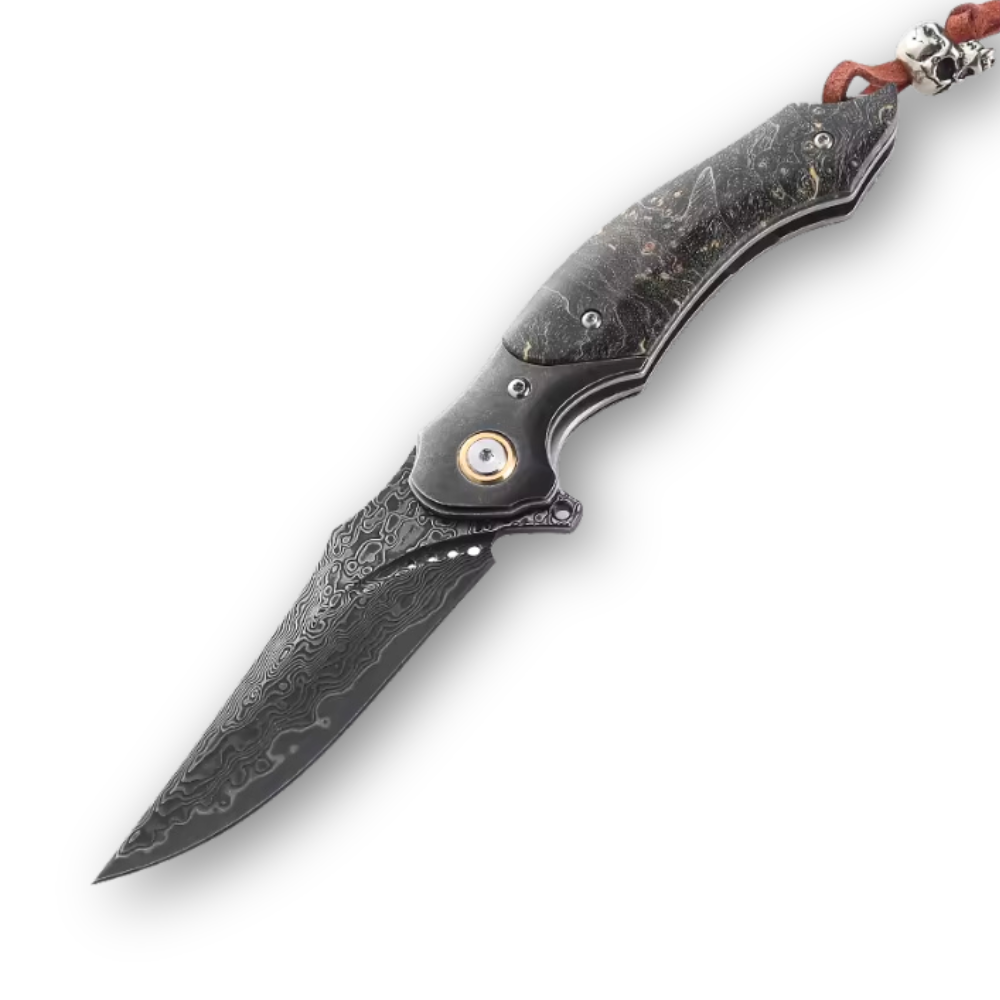










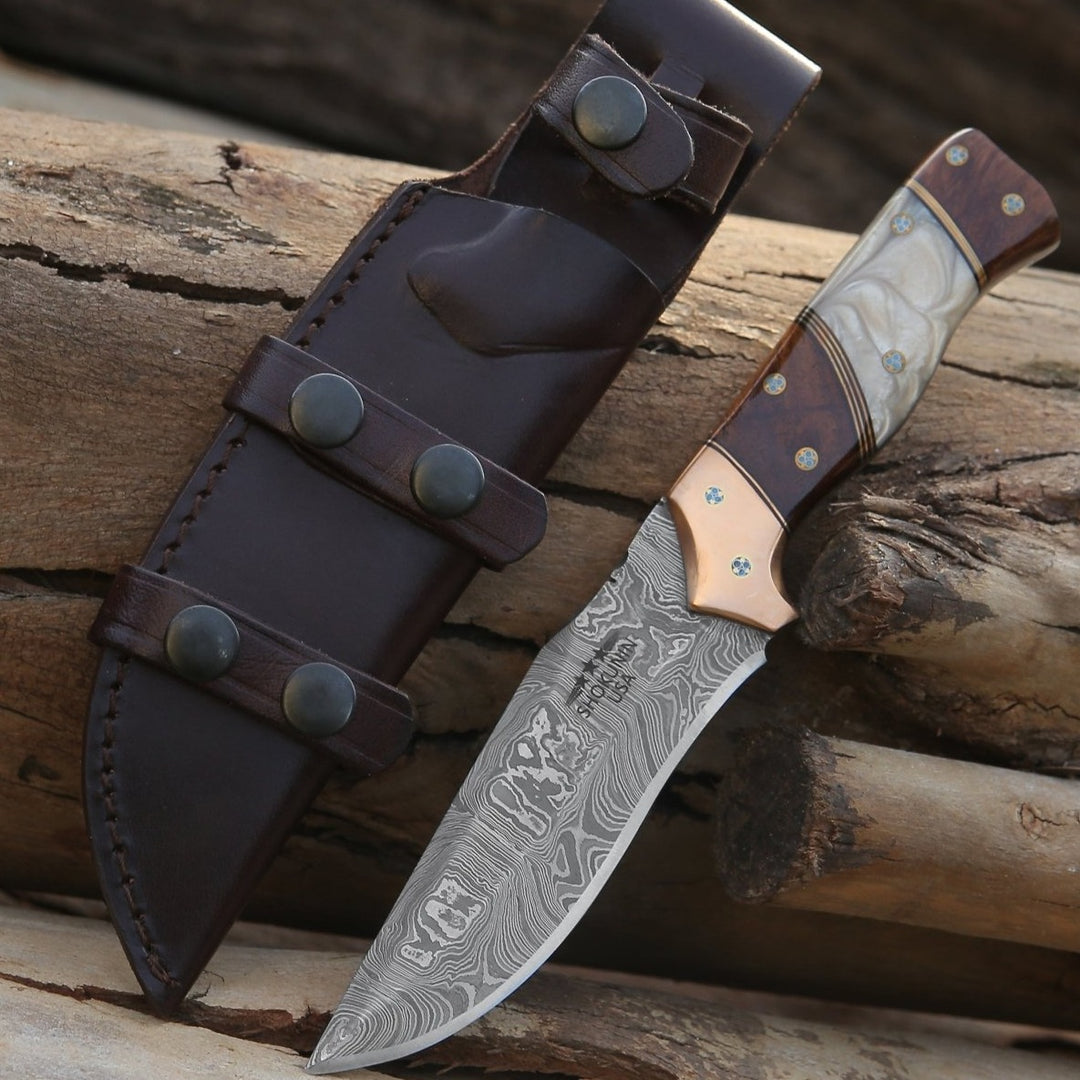
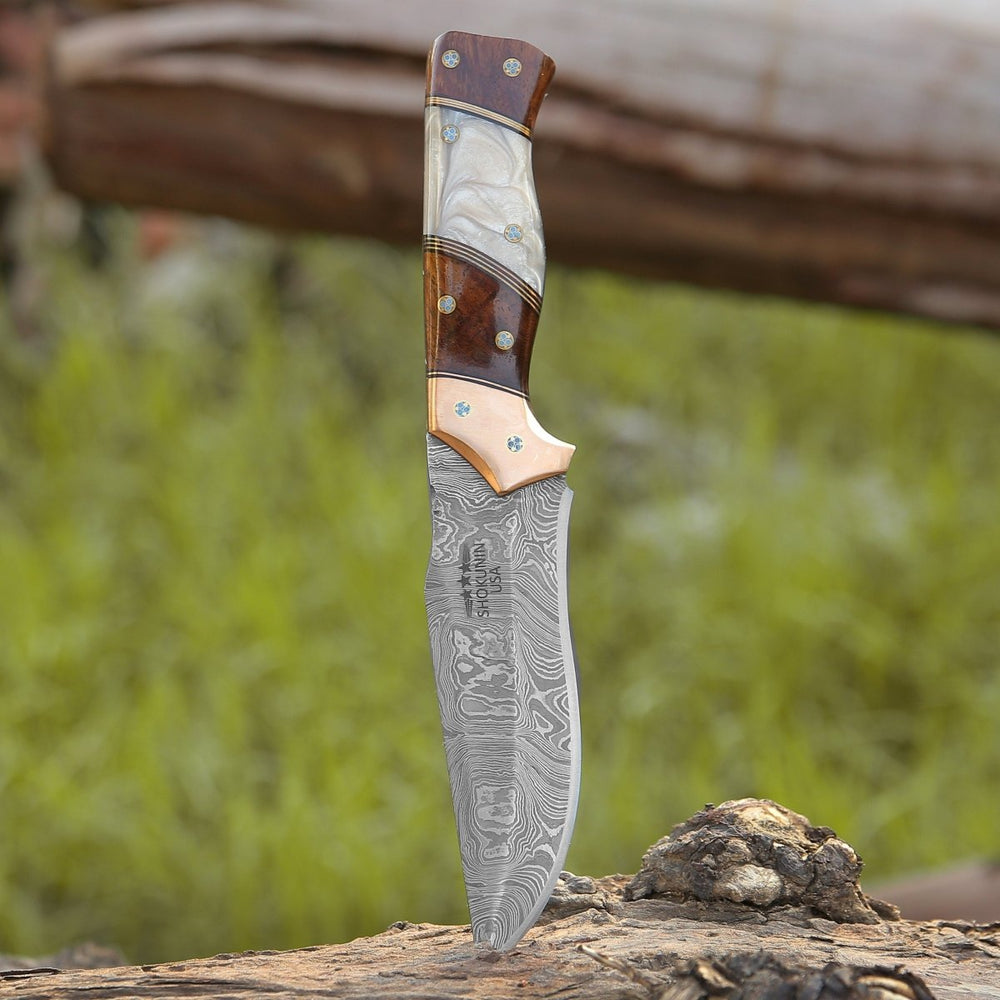


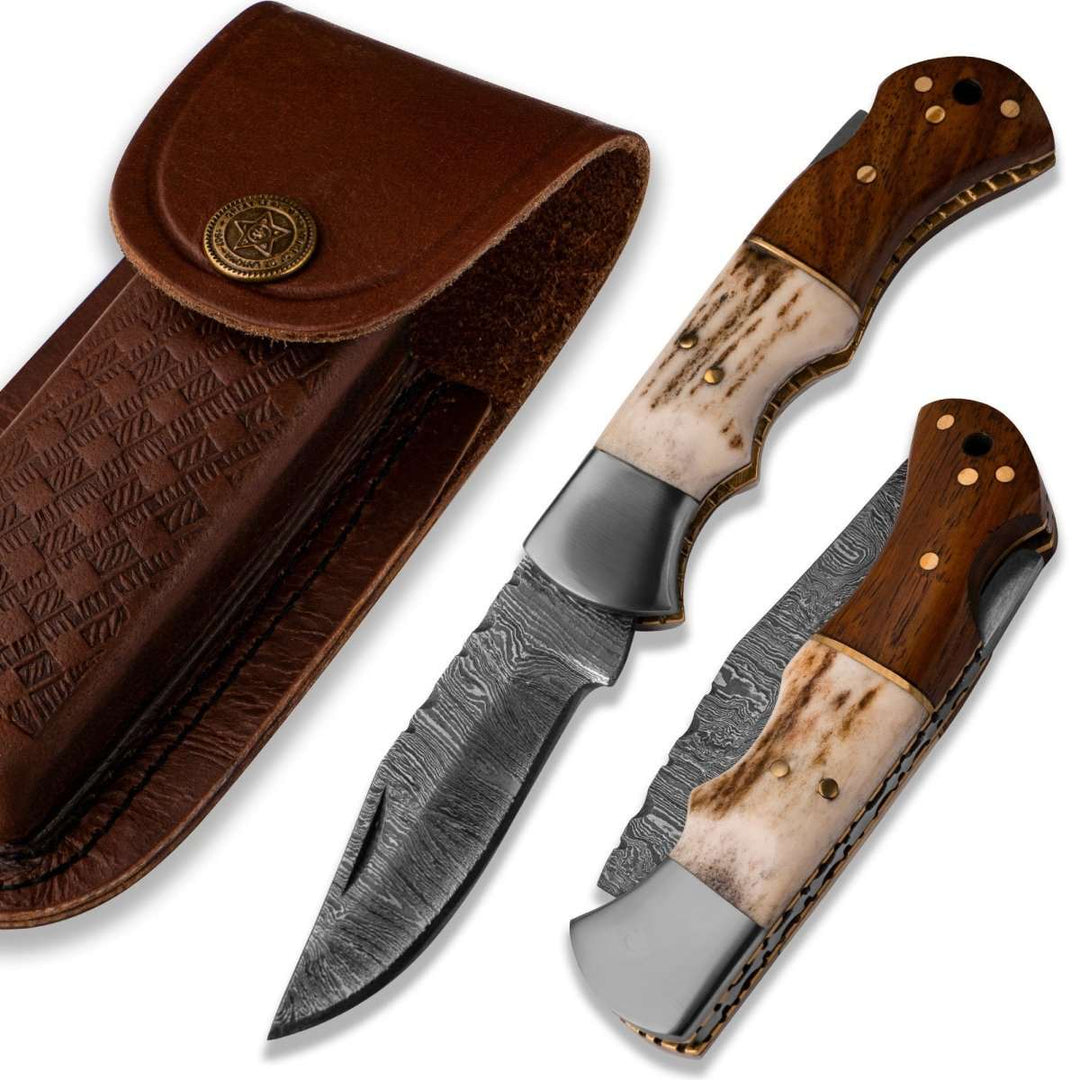
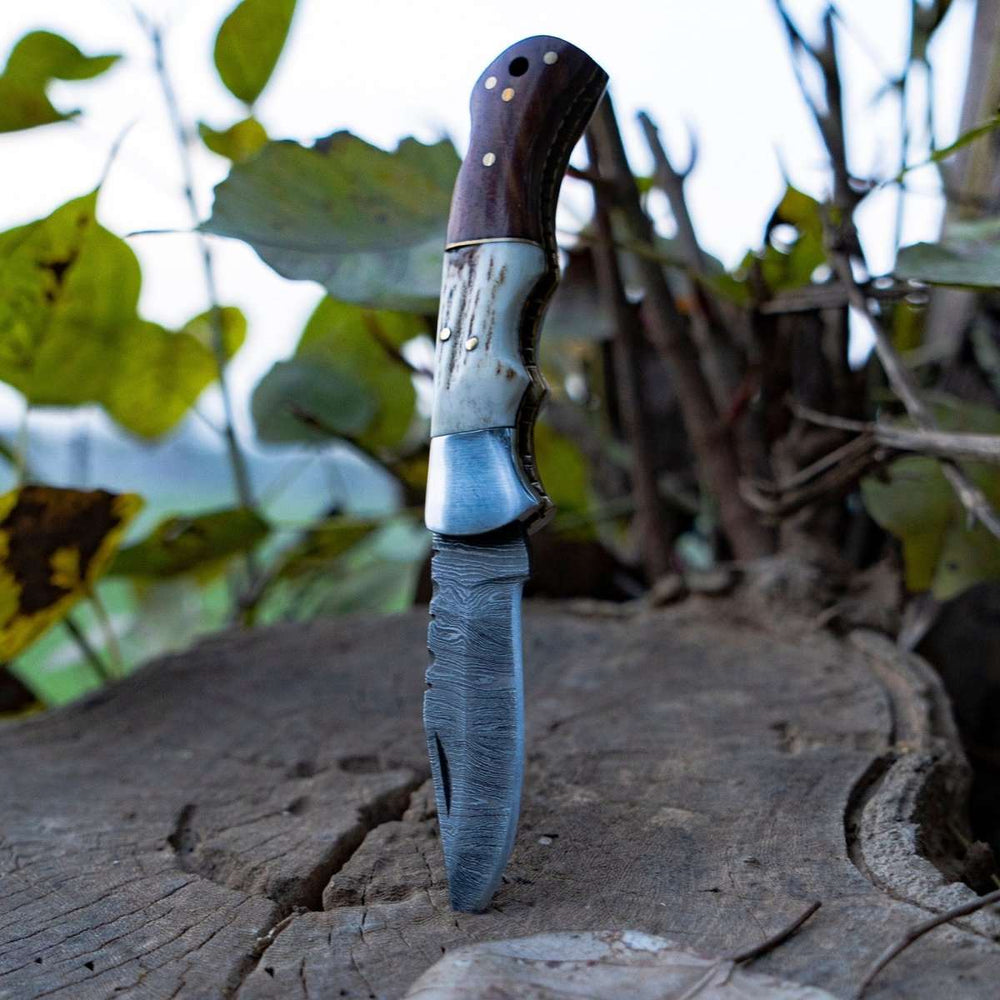




Lascia un commento